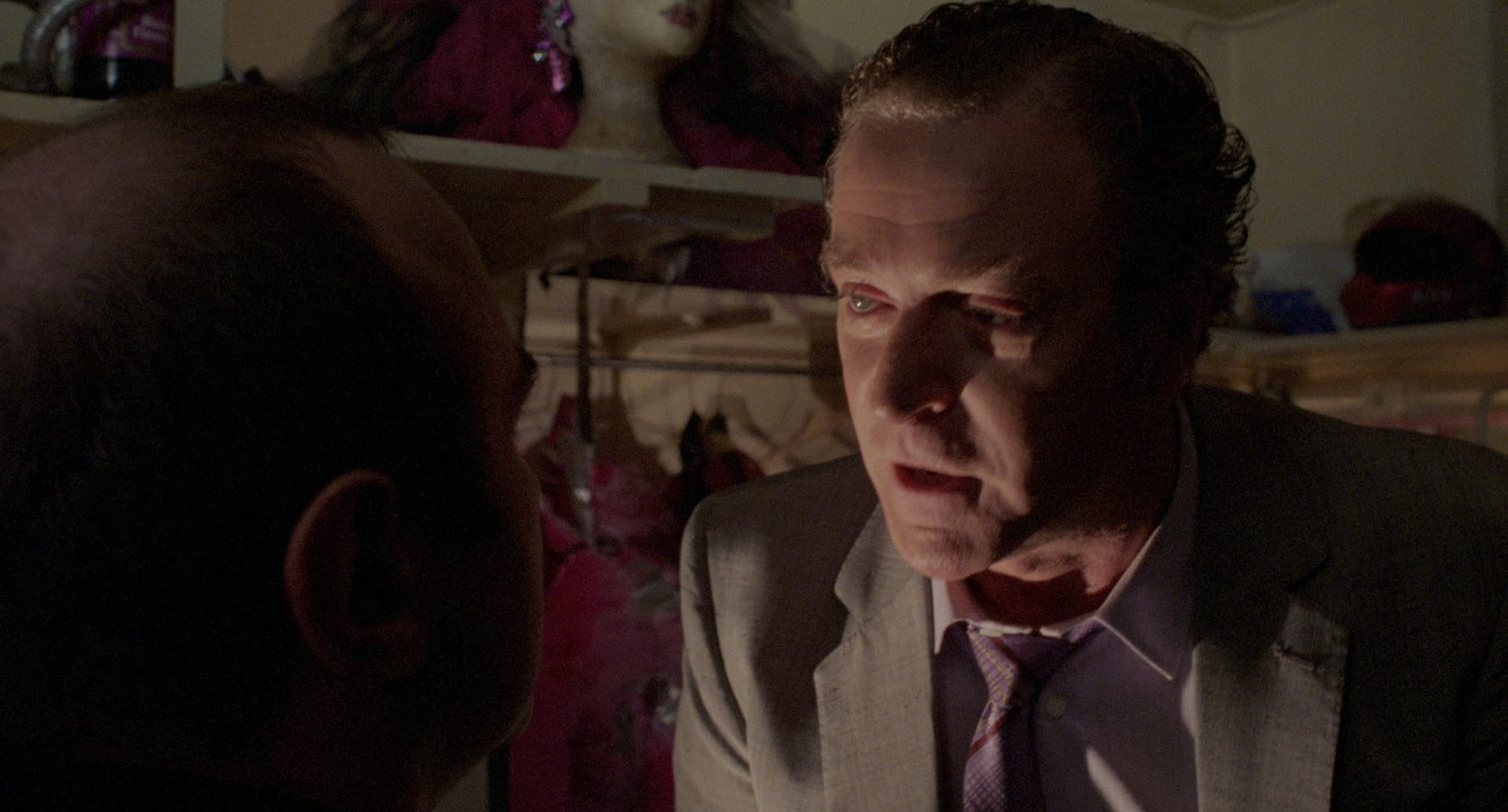RELATED ARTICLE
The Long Good Friday
The Criterion Collection

During the 1980s, the railway hub of King’s Cross, in the north of Central London, was a haven for drug dealers, sex workers, students, artists, and homeless people. This is the backdrop to Mona Lisa, a 1986 noir love story in which Simone (Cathy Tyson), a prostitute working the city’s swankiest hotels, enlists her driver, George (Bob Hoskins), to scour the area in search of Cathy (Kate Hardie), her vulnerable younger friend. Their nocturnal trips to King’s Cross, shot on location, are the most visually heightened scenes of the film, wreathed in infernal smoke and dabbed with vivid color—The Red Shoes in the red-light district.
Today, King’s Cross is corporate and homogenous, home to Google’s UK headquarters. But scattered among the grimy streets and squats back then were cultural sanctuaries such as the Bell, a gay pub that counted Derek Jarman among its regulars, and the Scala, the wildest repertory venue in British cinema history, which programmed everything from Andrei Rublev to Zombie Flesh Eaters, along with rowdy all-night marathons on weekends. (It closed in 1993, a casualty of gentrification-era rent hikes.) The Scala was owned and run by Stephen Woolley, an enterprising, ponytailed former cinema usher, who in 1984 produced his first project under the Palace Pictures banner: the wickedly imaginative adult fairy tale The Company of Wolves, which was the sophomore feature from Neil Jordan, the celebrated Irish novelist. Inspired by a newspaper item about a man who, charged with grievous bodily harm, claimed he had been merely protecting women from their pimps, Mona Lisa became the second of many collaborations between Jordan and Woolley, as well as their first international success.
Jordan, who wrote the treatment, had limited experience of London—he was born in the coastal village of Rosses Point in County Sligo, and raised from the age of six in Dublin—so he asked David Leland, the writer of Alan Clarke’s blistering 1982 television film Made in Britain, to dash off a first draft. Leland made George a figure to be feared, not unlike the pitiless gangster played by Michael Caine in Mike Hodges’s Get Carter (1971). But Jordan had originally envisaged a story of romantic misapprehension: George falls for Simone, not realizing until it is too late that she is besotted with Cathy. The director was after something more emotional than what Leland had written. Hoskins—to whom he gave Leland’s draft of the script when Sean Connery proved unavailable—felt the same way. Jordan then rewrote the character to incorporate the sort of tenderness Hoskins had displayed in Dennis Potter’s groundbreaking 1978 BBC series Pennies from Heaven, in which he plays a doomed sheet-music salesman in prewar England. Cinema audiences knew the actor from John Mackenzie’s gangland thriller The Long Good Friday (1980), where he is pink and volatile, like a flesh grenade; there is no telling when he might go boom. The role of George, tough yet caring and credulous, would require a bit more kiss-kiss and a shade less bang-bang.



